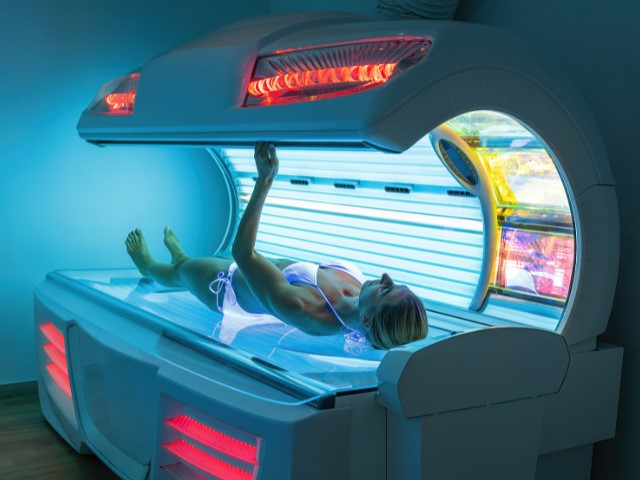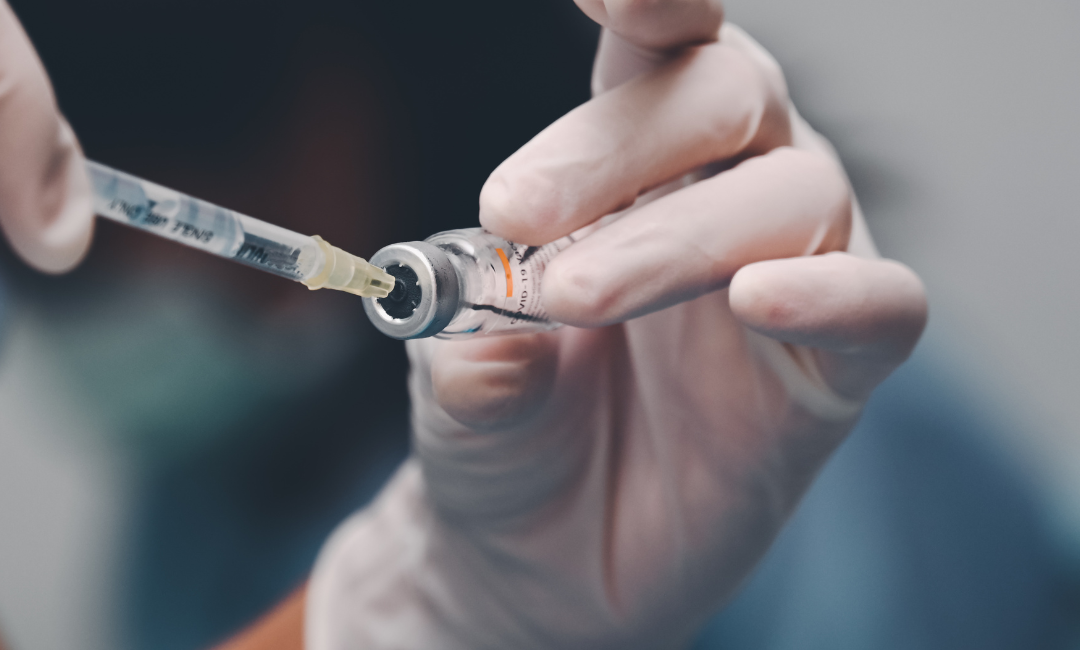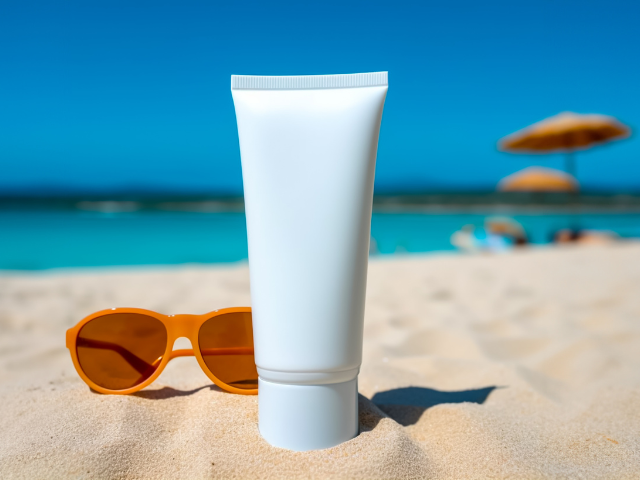Reminders to Protect from Ultraviolet Rays
Dermatology nurses play an essential role in educating patients about UV ray prevention. Share the following reminders with patients to help prevent ultraviolet ray exposure:
1. Don’t Forget the Sunscreen
Wear sunscreen before leaving home in daylight, even on cloudy days. Use sunscreen with SPF 30 or higher. Apply it to all areas exposed to sunlight and ensure you reapply every two hours. If you’re going swimming, use a water-resistant sunscreen.
2. Wear Protective Clothing
Wear clothing that protects you from the sunlight when going outside in the sun. Be as covered as possible. Try wearing long-sleeved shirts and long pants. Your skin color can also play a role in protecting against UV light. The darker the complexion, the better the protection.
3. Seek Shade Under the Sun
When going out on sunny days, seek shade under a tree, umbrella, or shelter. Avoid standing for long periods under direct sunlight. Remember to wear protective clothing and sunscreen even under the shade.
4. Wear a Hat and Sunglasses
To protect yourself, wear a hat with a brim that helps shade your ears, face, and the back of the neck. It is also essential to protect your eyes from direct sunlight. Wearing sunglasses can help lower the risk of cataracts and protect the tender skin around the eyes.
5. Avoid Tanning Beds
Tanning beds may be tempting, but they are as harmful as the sun. Sun lamps and tanning beds emit UVA and UVB radiations that harm the skin. According to the American Cancer Society, tanning beds have been linked to an increased risk of melanoma, especially if a person uses them before the age of 30.









